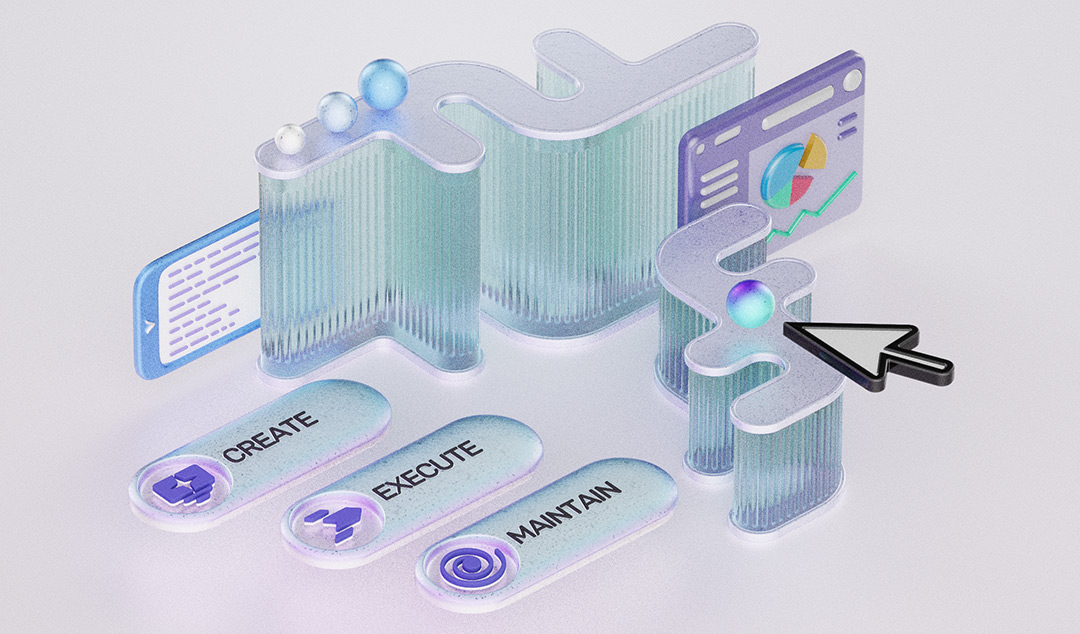In Sprint Automation
In sprint automation is an approach that is the most in tune with the core philosophy that governs workflows like Agile and DevOps.

Software development and testing have grown and evolved over the years, becoming faster, smarter and more efficient in all the processes and techniques involved. Many years prior, development and testing would traditionally follow the waterfall model, where testing essentially follows development. From there, we have come to more iterative workflows like DevOps and Agile where there is no time gap between code completion and software release.
The whole point of these iterative processes the ability to deliver quality at speed, and the single-most important process for that to happen is test automation.
In sprint automation is an approach that is the most in tune with the core philosophy that governs workflows like Agile and DevOps.
In sprint automation adequately addresses some of the inherent issues of the more traditional one-step-behind test automation techniques by eliminating delays and making the process of testing and test automation more cohesive.
Understanding In Sprint Automation
In more traditional and legacy approaches to testing, a testing run would start one or more sprints behind the actual development process. The logic behind this is to wait until new features or functions become more or less stable in the development stage before earmarking them for testing. This is often referred to as the N-1 sprint model.
Pertaining to this, this introduces a very noticeable delay in the process. In such a scenario, the testing team would have to wait a significant time before being given over the new code for testing. This hampers the overall pace of development and introduces new challenges to modern software development and testing. Just like the legacy waterfall model, this approach needs to be audited if QA teams are to achieve scale with better agility and fewer risks.
This is where in sprint automation comes in to save the day. With this approach, the testing is planned and executed in such a way that it can be accomplished in a single sprint to keep pace with the development. This usually involves leveraging test automation for end-to-end testing. The entire process of planning, test creation, test execution, and reporting should therefore be accomplished in a single sprint.
In sprint automation helps teams get away from the siloed approach of more legacy methods and brings about better team cohesion and collaboration. The core concept of in sprint automation is to consolidate the entire testing process into one sprint, combining together all the fundamental functions of testing and bringing it in line with the development process. This helps realize quite a few benefits, including:
- Eliminating the siloed approach and bringing about in-sync progression between teams.
- As code completions and automated tests progress at a level pace, there is an opportunity to detect and correct bugs much earlier in the software development life cycle.
- Shorter test cycles, better test coverage, reduced test debt, and shorter release cycles.
Potential Challenges
Shifting from a more traditional, legacy approach to in sprint automation can be a poignant way to completely embrace modern methodologies like DevOps and Agile. Moreover, there are a few potential challenges you may encounter while planning and executing the move.
The first and arguably the most important is the dealing with shifting test requirements at short notice. Since there is no time gap between development and testing sprints, changes in test requirements typically come with virtually no time for a detailed look. This needs careful handling.
Acceptance Criteria, usually considered the test requirements for Agile teams, depends on what is known as the user stories. These are explanations of various end-user-oriented functionalities, derived from developing an understanding of the intended user and the nature of the software under development. When there is significant new information or new understanding about the user down the line, the user stories can change. This can lead to last-minute changes in the test requirements that the QA team would have to contend with.
This is also a situation where the testing and test automation framework of choice can make a huge difference. If the process of creating and executing tests is involved and time-consuming based purely on the capabilities and inherent process of the testing framework, this can create added problems for adopting the in-sprint automation methodology. This is where frameworks like Functionize, with lightning-fast processes and the judicious use of AI to heal and maintain tests, can be a healthy resource.
Therefore, achieving in sprint automation is not easy. It might involve teams making significant changes to their workflows and infrastructure. Taking this into account, a transition to in sprint automation carries enough benefits to justify the effort, especially in context of modern development practices.
In Sprint Automation Best Practices
Here are some important best practice suggestions that can help you realize your goals of achieving in sprint automation.
1. Participation and Collaboration
Having a large number of dependencies to contend with can be a great hurdle in the path of achieving in sprint automation. Without participation or collaboration between teams, it can often happen that a dedicated, specialist teams handle all aspects of testing and test automation. This means that quite a few other teams will be working without complete information regarding the sprint. This can result in an inefficient workflow.
To help with this, it’s a judicious idea to ensure proper participation and collaboration between all involved teams in the initiative to implement in sprint automation. Free and transparent exchange of information between teams allows for better collaborative decision-making. With this step, test objectives for the sprint can be hashed out more efficiently and results can be realized faster.
2. Test Design vs. Number of Tests
Another important step to consider is to prioritize test design and not the total number of tests. While test coverage is fundamental for QA and more tests do often lead to better quality, the total number of tests are not as pivotal to the overall quality perspective with complex, modular applications with multiple components. Here, a more pronounced focus on test design is a better strategy, especially for in sprint automation.
With better test design, you can focus on the unique needs of individual test assets. With a focus on stellar test design, QA teams can ensure that the test requirements relevant to each test asset are properly validated before the modules themselves make their way into the final software. The components or modules, once they are vouched for in terms of quality, can also fit better into the overall software or can be reused as and when required.
3. The Right Framework
For your specific implementation of in sprint automation, you are not likely to find a testing framework that ticks all the boxes immediately. With that said, opting for a framework with some basic characteristics and enough versatility and flexibility can definitely allow you to develop a workflow that is well-tuned for the operations scenarios and subtle nuances that you have to contend with.
When choosing a framework, think about the basic capabilities you need it to have while also considering its flexibility so that you can customize it for your use case. Make sure you get complete use out of its features while not hesitating to complement it with other solutions to create a testing infrastructure that is perfectly capable of handling your testing objectives.
4. Abstraction and Virtualization
For in sprint automation, it’s crucial to move away from hardcore dependencies and instead focus on flexibility and versatility for complete QA validation. Therefore, abstraction of your application components is an essential step towards achieving in sprint automation while delivering quality at scale.
This can be significantly helped by testing environments that leverage virtualization, parallel testing, and the implementation of AI and machine learning. With this framework, you can easily scale up as needed while maintaining full parallel progress of the testing sprint in addition to pushing wait times to the side.
Key Takeaways
In sprint automation is a central part of modern development approaches such as DevOps and Agile. With the help of the right plan and the right testing framework, achieving in sprint automation can be easier and much more intuitive.











